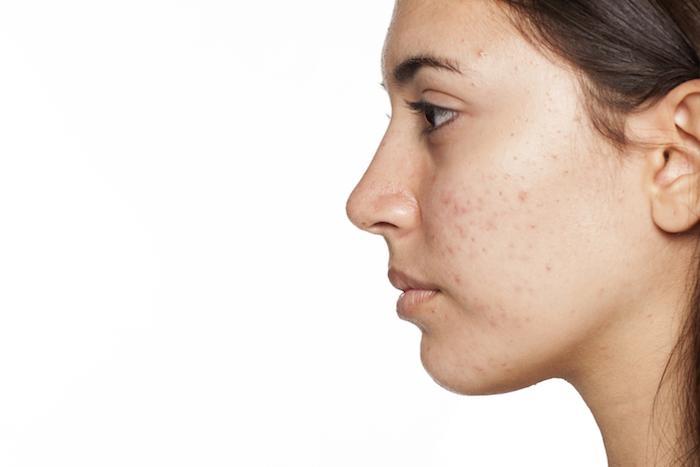Cost of Plastic Surgery in Fort Worth
Perhaps you’ve already decided to have a cosmetic procedure, or maybe you’re still exploring your…
You can’t scroll through your social media feed or flip through a magazine without reading about the wonders of dermal fillers. Nearly 3.5 million Americans received some sort of soft-tissue filler last year alone and love the results of smoother, firmer, younger-looking complexions.
But many don’t realize that injectable fillers can also reduce the appearance of unsightly acne scars. Dr. Kiran Polavarapu at Polavarapu Plastic Surgery in Fort Worth, Texas helps men and women put their pasts behind them by using fillers to treat the evidence of their acne-ridden youth. Here’s how it works.

Not all acne causes scars. In mild cases, the trauma caused by an acne breakout is so shallow that it heals quickly and completely on its own.
However, when the walls of the pore are damaged, and the contents of the acne seep into the surrounding tissue, the resulting scars may be deeper and longer-lasting.
Scars develop when your body sends collagen to the area to repair the tissue damage. When there’s an excess of collagen, scar tissue builds up, and you see a slightly raised scar.
When tissue goes missing, you may notice a pock mark or slight depression where the pimple was. The good news is there are effective treatments for both types of scars.
There are multiple types of dermal fillers on the market today, and many variations within each brand. Dr. Polavarapu uses two types of dermal fillers to address acne scars.
Your body knows hyaluronic acid (HA) since it makes its own supply. It can be found in all your connective tissues, joints, eyes, and skin. This viscous substance is one of the main ingredients in two of the most popular brands of dermal fillers — Juvéderm® and Restylane®.
When Dr. Polavarapu injects the substance in strategic areas of your skin, the HA adds volume under your depressed acne scars and raises them to the same level as the healthy surrounding tissue. Your scars become instantly less noticeable.
Like its HA cousin, calcium hydroxylapatite (CaHA) fills in the depressed area where your acne ravaged your skin, but instead of hyaluronic acid, its base is a mineral. Again, this is a substance your body recognizes, as it’s one of the main components in your bones. You may know CaHA under its popular brand name Radiesse®, which is no longer offered at our practice.
Both HA and CaHA have a secondary function that continues to improve the appearance of your skin even after it gets absorbed by your body. They trigger your skin’s natural production of collagen, which gives your skin added structure, resilience, and firmness.
If you have acne scars that are raised instead of depressed, you may benefit from a different treatment.
Intense pulsed light therapy (IPL) uses the power of light to break up scar tissue and stimulate the growth of new skin cells.
Chemical peels involve the application of various acids to trigger a reaction in your skin. In a few days, the outer layer (or layers, depending on the strength of the acid) peels off and takes the scar tissue with it.
If you’re tired of living with the scars from your past acne, you have options. Schedule a consultation with Dr. Polavarapu to find out which treatment is best for your scars. Book online, or call us at 817-615-8576 today.
Perhaps you’ve already decided to have a cosmetic procedure, or maybe you’re still exploring your…
What’s giving your face an aged look? Is it the wrinkles? The spots? The dull...
Otoplasty — cosmetic ear surgery — can change your look and your outlook. How you...